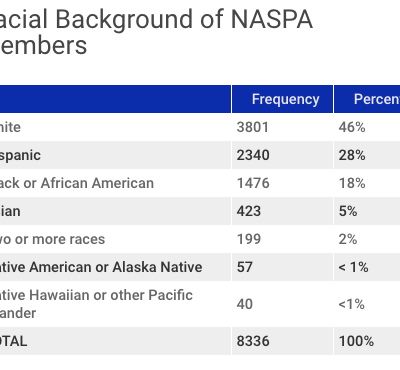Racial Diversity Is More Than Just Demographic Representation
By Morgan Taylor
In recent years, students on college and university campuses across the nation have held protests calling for more racially inclusive campus climates. The ACE2017 session “Dialogue and Action: Presidential Leadership on Race,” moderated by William B. Harvey of the American Association for Access, Equity, and Diversity, sought to explore presidential perspectives from three panelists—Ronald Crutcher (University of Richmond, VA), Brit Kirwan (University System of Maryland), and Tuajuanda Jordan (Saint Mary’s College of Maryland)—on race relations on campuses and how institutions can improve them.
Racial/ethnic diversity includes more than just the demographic makeup of the student body. It also includes diversifying the greater campus as a whole, so that students can see themselves in what they are learning, in how they are learning, and in those teaching them.
How then do institutions improve the racial climate on campuses so that students of color feel like they belong? Insights from the panelists include:
- Demographic diversity alone doesn’t cut it. Demographic diversity alone without inclusion misses the opportunity for the presence of a more diverse student body to change the institution as a community. Students need to feel welcome and included. As Crutcher stated, students should have environments in which they can thrive, and later look back and say, “Yes, this was my university.”
- Diversify faculty. Diversification of the faculty plays an important role in addressing racial and social issues on campus. Kirwan noted that presidents and provosts need to set the expectation that faculty search pools must include racially diverse candidates. If they do not, institutional leaders should send them back to look for more diverse candidates for faculty positions.
- Incorporate diversity into the curriculum. Jordan shared that on her campus, they are working to make diversity courses part of the core curriculum in freshmen and junior year, allowing for students to keep engaged with inclusive diversity throughout their time on campus.
- Pedagogy matters. Inclusive pedagogy is important for students to feel welcome in classrooms. Incorporating everyone into the lecture allows for all students to feel included and teaches them and faculty how to interact with people who are different from themselves.
- Be accountable. Increasing racial diversity should be included as part of the institution’s strategic plan and departments must be held accountable for the progress they do and do not make in reaching these goals.
As Jordan stated, the world isn’t a melting pot. Rather, if it’s going to thrive and survive, it must be a gumbo with identifiable pieces, “but together, it is stronger and mightier than before.” In creating racially inclusive campuses, institutions must implement changes that grant all students the opportunity to contribute, feel welcome, and thrive in higher education.
If you have any questions or comments about this blog post, please contact us.


